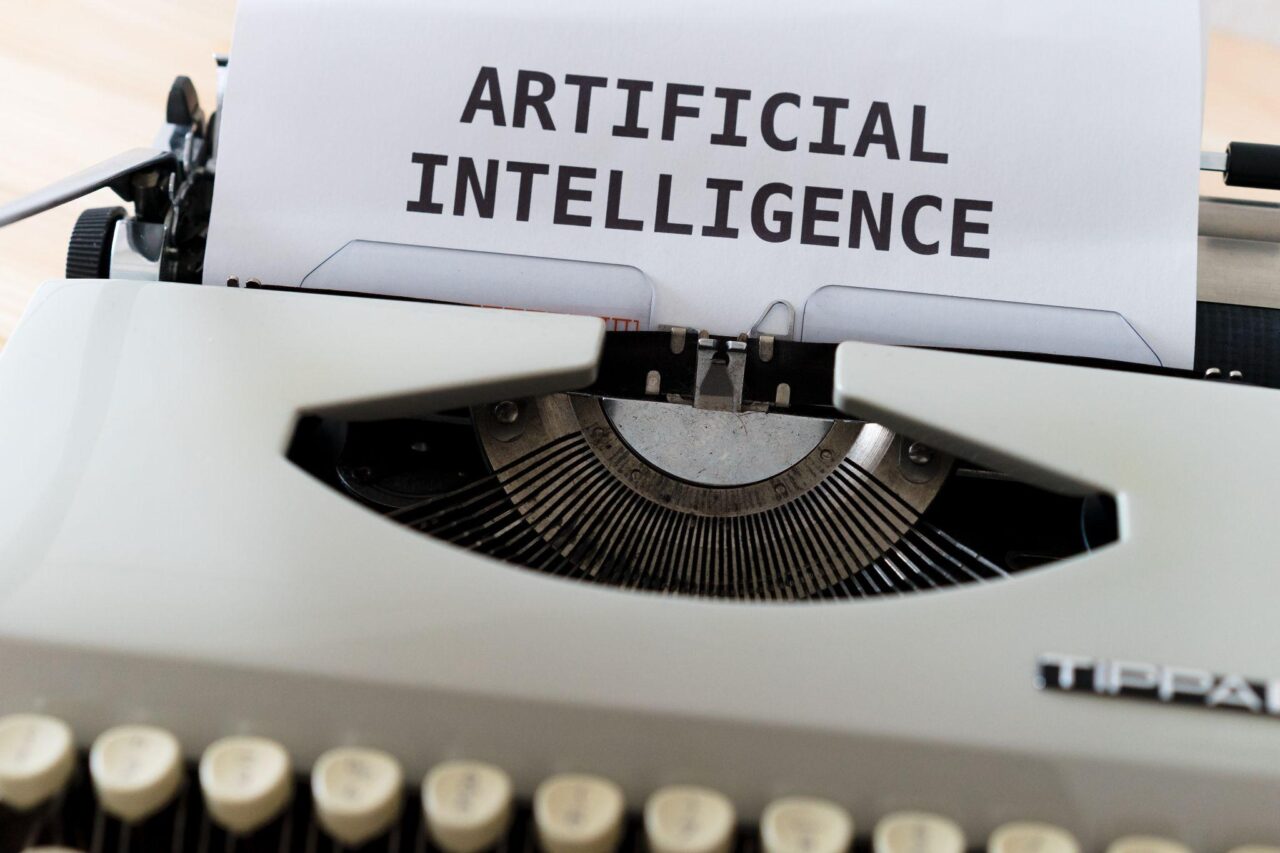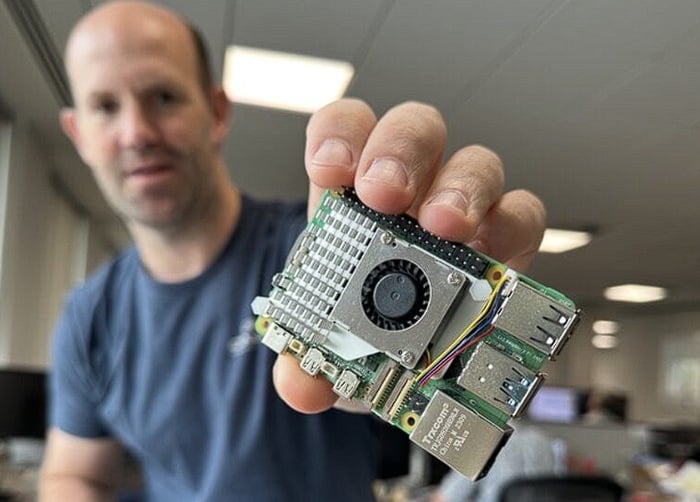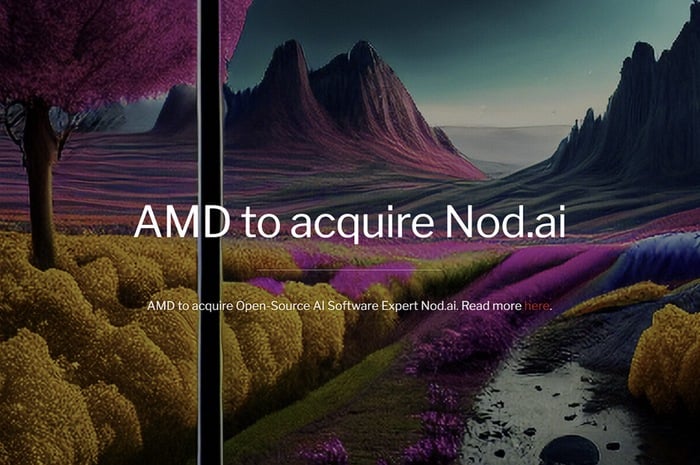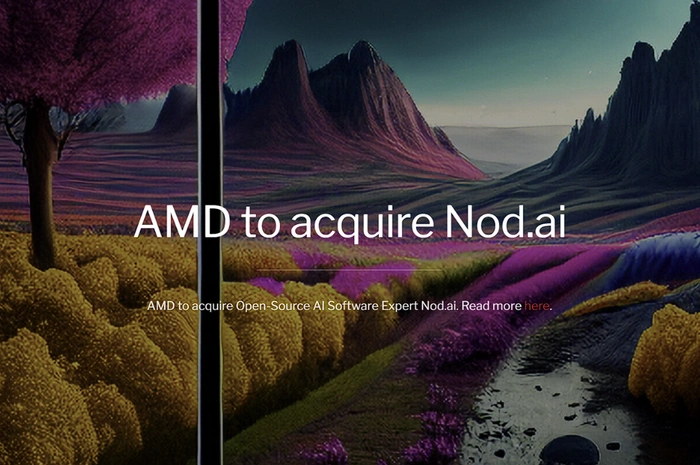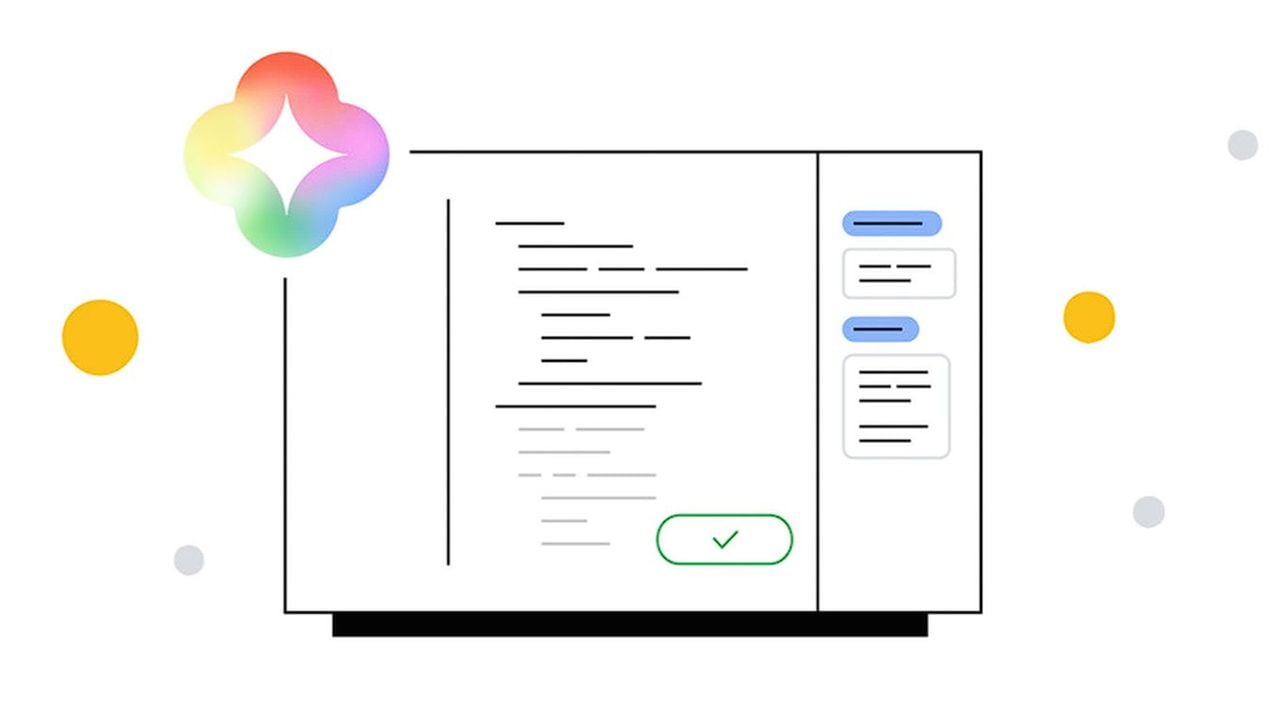
As well as announcing the imminent availability of their new Google Gemini AI Google also offers its Duet AI assistant allowing you to improve your productivity across a wide variety of different applications and workflows. Developers are constantly seeking ways to enhance their workflow, and Google Cloud, along with its suite of AI tools, is providing a robust solution. These tools are becoming integral in managing the software development lifecycle, from the initial stages of design to the final steps of deployment and analysis.
Design and planning
When embarking on a project like adding a new feature to the Cymbal Superstore grocery web app, the journey begins with the crucial steps of design and planning. Google’s Duet AI, integrated into Gmail, is a valuable asset for composing clear, effective communication with your team. As you move to document creation, Google Docs, powered by Duet AI, helps in organizing your thoughts and turning them into actionable plans. This AI enhancement is particularly useful in evolving your ideas into comprehensive architecture diagrams, laying a strong foundation for your project.
How Duet AI assistant can help you during software development
- The software development lifecycle, including design, coding, testing, deployment, operation, and analysis.
- The use of Duet AI in Gmail for drafting emails and in Google Docs for creating design document outlines.
- Brainstorming sessions and the transformation of ideas into clean architecture diagrams.
- Employing Google Lens and Bard to identify potential risks and questions in the project’s architecture.
- Generating code using Duet AI’s suggestions and fixing errors with the help of generative search results.
- Writing and running tests for the API endpoint using Duet AI.
- Deploying the new feature to production and verifying its functionality.
- Monitoring service logs and creating service-level objectives with the assistance of Duet AI.
- Addressing security vulnerabilities and findings in the Security Command Center.
- Analyzing the business impact of the new feature using Duet AI in Google Sheets and BigQuery.
- Enhancing executive presentation slides with Duet AI-generated images in Google Slides.
As you progress, the importance of early risk detection cannot be overstated. Tools like Google Lens and Bard, an AI tool, can scrutinize your project’s architecture, pinpointing potential risks and prompting you to consider aspects that might have been overlooked. When the coding phase commences, Duet AI’s features come into play once again. Its code generation capabilities offer helpful code snippets, while its error-correction functions speed up the resolution of issues, thereby streamlining the coding process.
How software developers can use Duet AI
Here are some other articles you may find of interest on the subject of Google Duet AI :
Quality assurance
Moving on to the quality assurance phase, Duet AI proves its worth by assisting in the creation of detailed tests for your API endpoints. After rigorous testing, the new feature is ready for production. Here, Duet AI is instrumental in verifying the deployment’s functionality, ensuring that the feature operates smoothly for end-users.
Security and deployment monitoring
Once the feature is deployed, the focus shifts to monitoring and security. Monitoring service logs is critical for maintaining system health, and Duet AI aids in establishing service-level objectives that help keep track of your app’s performance. Security is of utmost importance, and Google’s Security Command Center, along with insights from Duet AI, becomes your fortress against vulnerabilities, safeguarding your application.
Impact assessment
The final stage involves assessing the business impact of your new feature and reporting on it. With Duet AI integrated into tools like Google Sheets and BigQuery, analyzing data and measuring the feature’s performance against business metrics becomes a more straightforward task. When it’s time to present your findings, Duet AI can enhance your executive presentations with compelling visuals in Google Slides, ensuring your message is both clear and impactful.
Google Cloud and its AI tools, such as Duet AI, are transforming the landscape of software development. These tools not only enhance efficiency and collaboration but also empower developers to focus on complex challenges, leaving routine tasks to be managed by AI. By incorporating these tools into your development workflow, you can elevate the quality of your software solutions and stay competitive in the ever-evolving tech industry.
Filed Under: Gadgets News
Latest timeswonderful Deals
Disclosure: Some of our articles include affiliate links. If you buy something through one of these links, timeswonderful may earn an affiliate commission. Learn about our Disclosure Policy.






